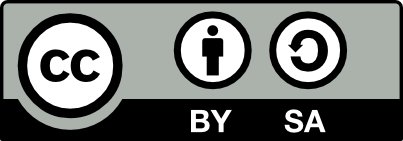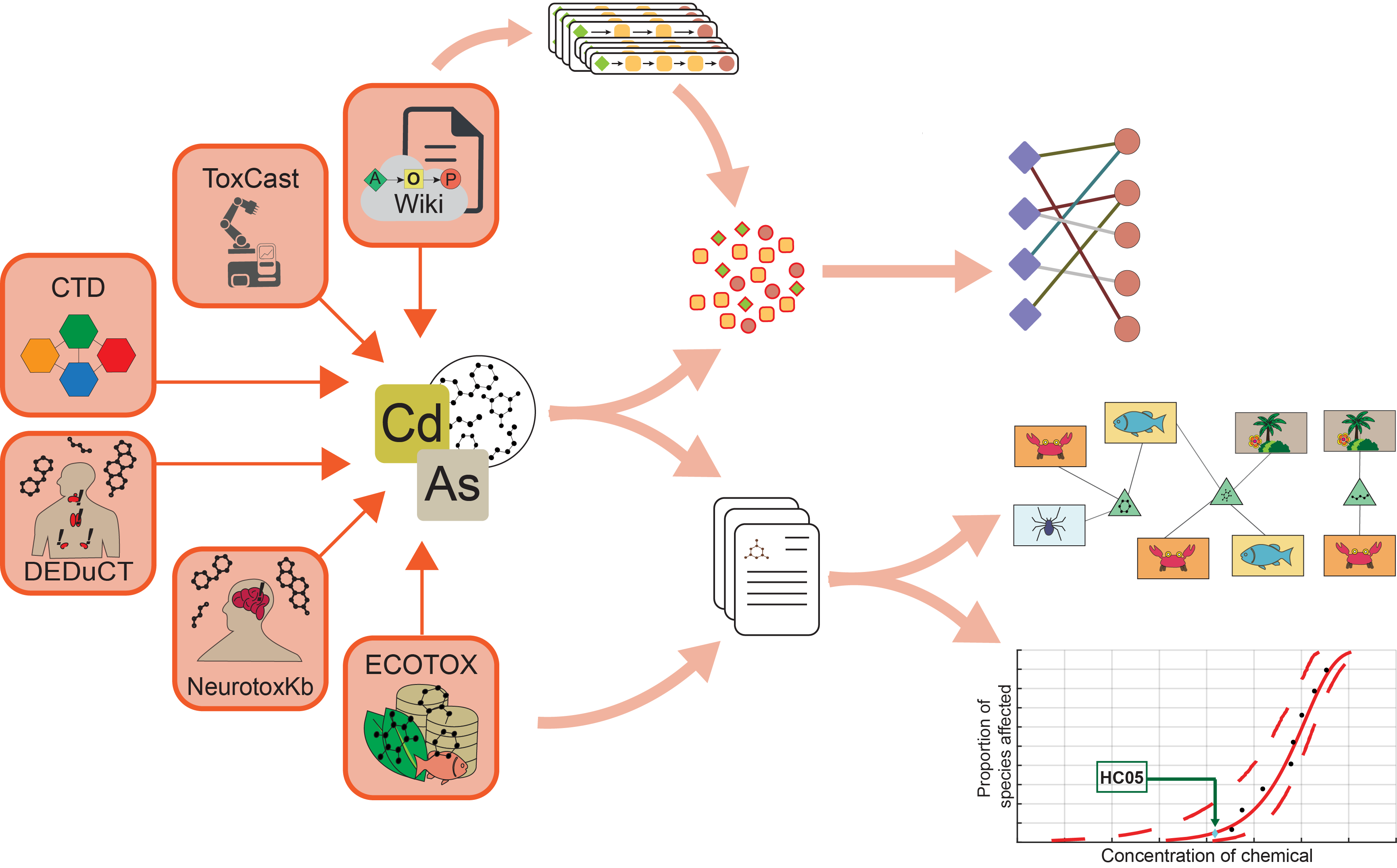Contaminants such as arsenic, cadmium, and their compounds are highly toxic and persistent in the environment due to their non-biodegradable nature and their capacity to bioaccumulate in living organisms (Tchounwou et al., 2012, Balali-Mood et al., 2021). These chemicals are particularly concerning as they are released into the environment through various anthropogenic activities, where they can biomagnify through the food chain, eventually causing severe health and ecological impacts. Notably, when these chemicals are discharged into water bodies, they accumulate in sediments and infiltrate food webs, posing threats to aquatic life and marine ecosystem health. Recognizing these threats, we leveraged different network toxicology approaches, such as Aggregate Exposure Pathways (AEPs), Adverse Outcome Pathways (AOPs) and stressor-species networks, to gain a comprehensive understanding of their toxicological effects from a One Health perspective, which can help aid in policy decision-making and risk mitigation strategies.
Here, we present the AEP networks for arsenic and cadmium in the Indian context based on literature evidence, the stressor-AOP networks based on associations with high quality and complete AOPs from AOP-Wiki, and the stressor-species networks based on acute and chronic toxicity values, and the bioconcentration factors from the ECOTOX database for:
- Arsenic and its inorganic compounds
- Cadmium and its inorganic compounds
This version of the website was last updated on 1 October 2025.
CITATION
If you use our resource, please cite the following research article:
Nikhil Chivukula#, Shreyes Rajan Madgaonkar#, Kundhanathan Ramesh, Swetha Mangot, Panneerselvam Karthikeyan, Shambanagouda Rudragouda Marigoudar, Krishna Venkatarama Sharma, Areejit Samal*, Network toxicology focused investigation on the impacts of inorganic arsenic and cadmium on human and ecosystem health, [submitted].
# Joint-First authors
* Corresponding author
DISCLAIMER
The authors are not responsible for any inaccuracies or omissions regarding chemicals, their associations with Adverse Outcome Pathways (AOPs), or species represented on this website. Data on Aggregate Exposure Pathway (AEP) networks were curated from published literature; however, the authors accept no liability for any errors or inconsistencies therein. Users should exercise independent judgment when evaluating the weight of evidence, particularly in relation to heavy metals and AOP associations. HC05 values and other statistics derived from Species Sensitivity Distributions (SSDs) are provided for reference only and should be interpreted with caution and independently verified. This website is intended solely to support future basic research and does not necessarily reflect the views or objectives of the authors’ employers or funders.


